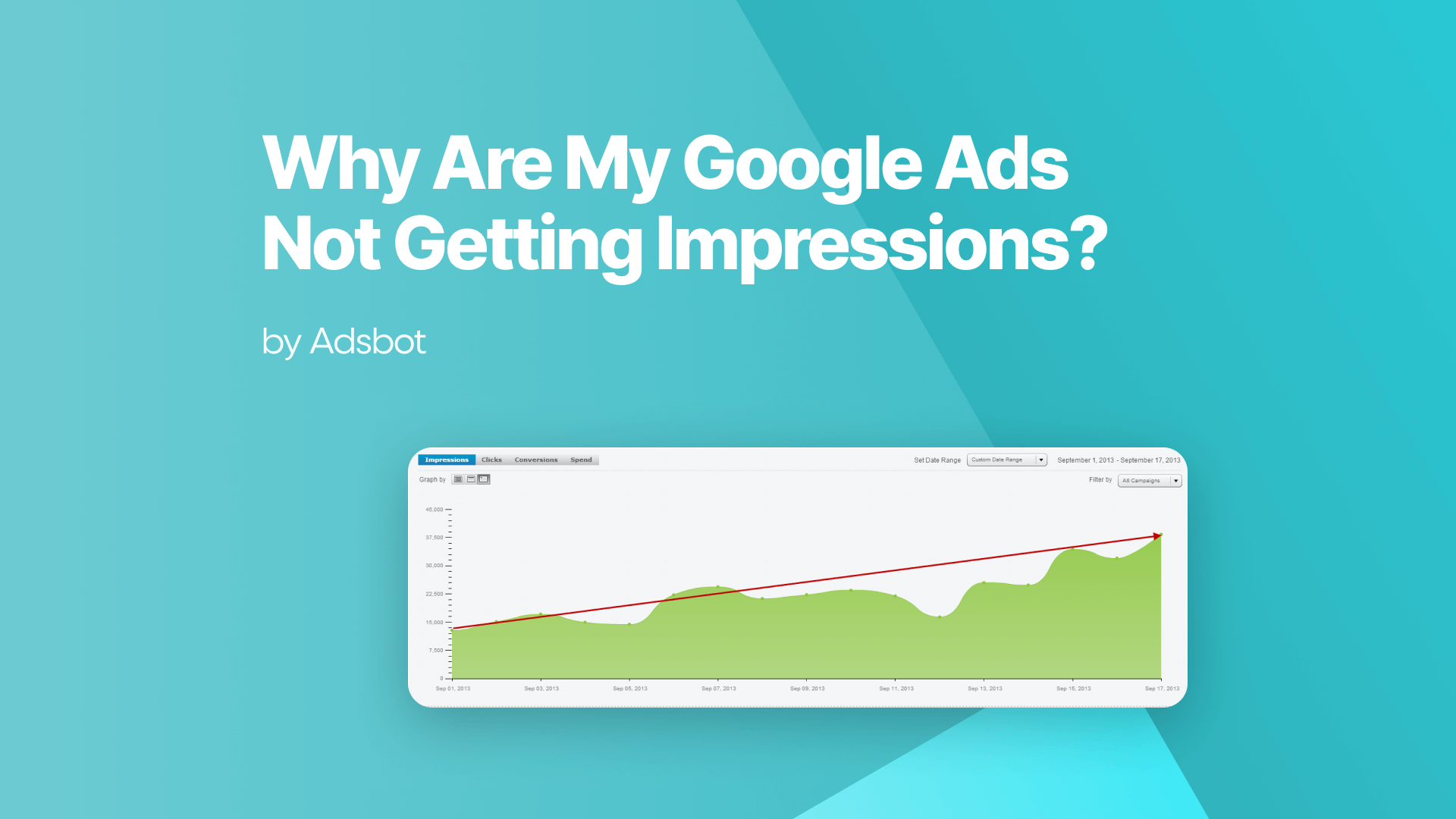In the bustling world of digital marketing, Google Ads can be a powerful tool to drive traffic, generate leads, and increase sales. However, despite your best efforts, you might find yourself scratching your head wondering why your ads aren’t getting the attention they deserve. If you’re facing this dilemma, fear not! There are several common reasons why your Google Ads might not be getting the impressions you expected. Let’s delve into some of these potential issues and explore how you can overcome them to achieve better results.
Ad Relevance and Quality Score
Google values relevance and user experience above all else. If your ads are not relevant to the search queries or lack quality, they may struggle to garner impressions. Ensure that your ads are closely aligned with your target keywords and offer valuable content to users. Improving your Quality Score by enhancing ad relevance, click-through rates, and landing page experience can significantly boost your ad’s visibility.
Keyword Selection and Match Types
The keywords you choose and their match types play a crucial role in determining when and where your ads appear. If your keywords are too broad or irrelevant, your ads may not be shown to the right audience. Conduct thorough keyword research to identify relevant terms and use appropriate match types (such as exact match, phrase match, or broad match modifier) to refine your targeting and reach the most qualified prospects.
Budget Constraints and Bidding Strategy
Your ad’s visibility is directly influenced by your budget and bidding strategy. If your daily budget is too low or your bids are not competitive enough, your ads may struggle to compete in the auction. Review your budget allocation and bidding strategy to ensure they align with your campaign objectives and industry competition. Consider increasing your budget or adjusting your bids to improve your ad’s chances of winning placements.
Targeting Parameters and Audience Segmentation
Effective targeting is essential to reaching the right audience with your ads. If your targeting parameters are too broad or too narrow, your ads may not be reaching the intended audience segments. Refine your targeting settings based on factors such as demographics, interests, geographic location, and device preferences to ensure that your ads are shown to the most relevant users.
Ad Extensions and Ad Formats
Ad extensions and formats can enhance the visibility and appeal of your ads. If you’re not leveraging ad extensions such as sitelinks, callouts, or structured snippets, you may be missing out on opportunities to provide additional information and encourage user engagement. Experiment with different ad formats and extensions to maximize the visibility and effectiveness of your ads.
Ad Scheduling and Ad Delivery
The timing and frequency of your ad delivery can impact its performance. If your ads are scheduled to run at times when your target audience is not actively searching or browsing, they may receive fewer impressions. Review your ad scheduling settings and consider adjusting them based on your audience’s behavior and preferences to ensure optimal ad delivery and visibility.
In conclusion, several factors can contribute to your Google Ads not getting the impressions you desire. Understanding the differences between PPC vs CPC can help you make more informed decisions about your bidding strategies and budget allocation. By addressing issues related to ad relevance, keyword selection, targeting parameters, ad extensions, and ad scheduling, you can improve the visibility and effectiveness of your ads. Continuously monitor and optimize your campaigns to adapt to changing market conditions and user preferences. With persistence and strategic adjustments, you can overcome challenges and achieve better results with your Google Ads campaigns.
Popular Posts
-
How Many Keywords Should Be In an Ad Group in Google Ads?
Ever wondered if your Google Ads campaigns are packed with…
Read more -
Google Ads Script for Dummies: An Introduction
Imagine you have an e-commerce website that sells licensed superhero…
Read more -
Google Ads Sitelink Character Limits
Your Google Ads are cutting off in the middle of…
Read more -
What Is Conversion Value in Google Ads?
What if you could put a price tag on every…
Read more
Register for our Free 14-day Trial now!
No credit card required, cancel anytime.





